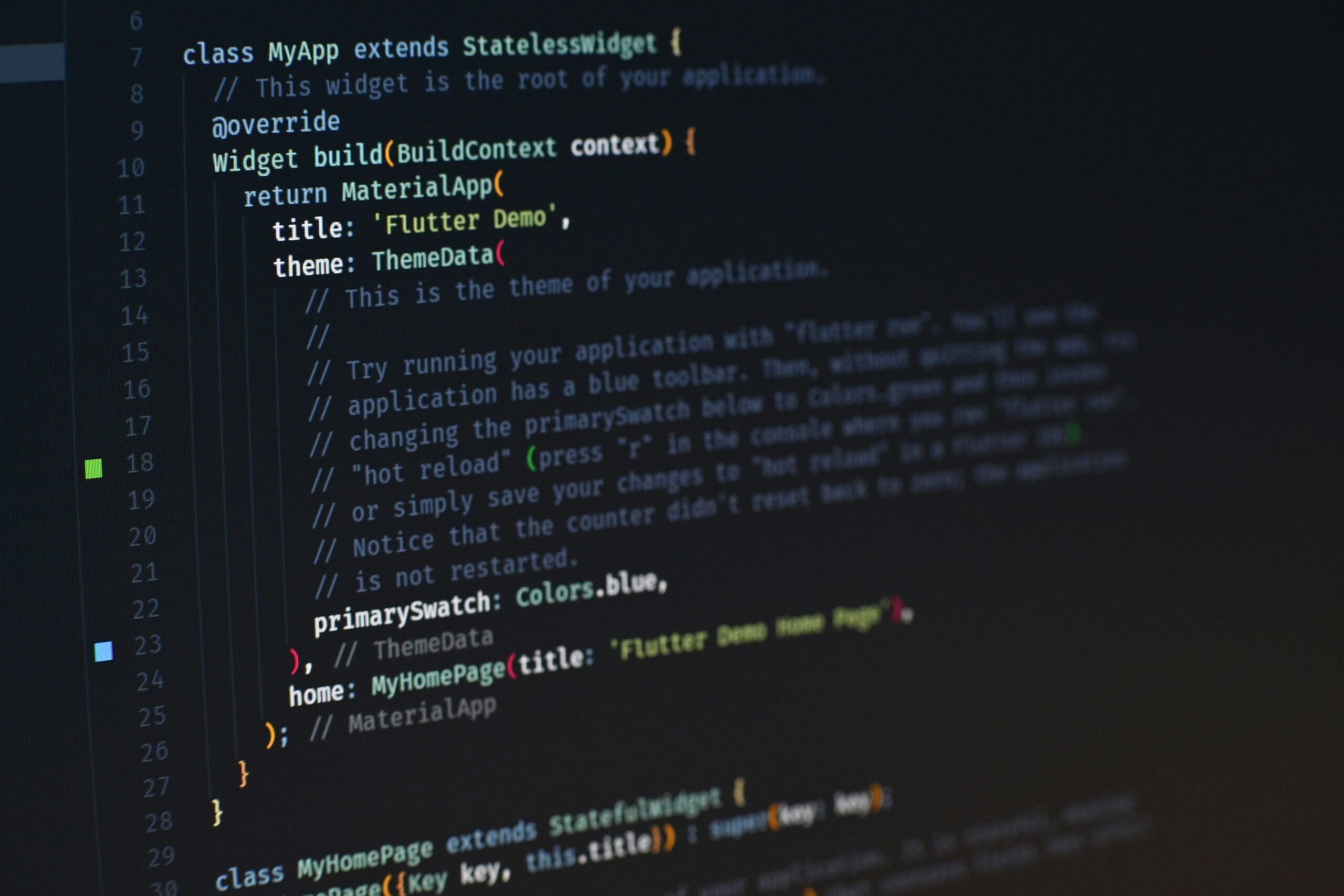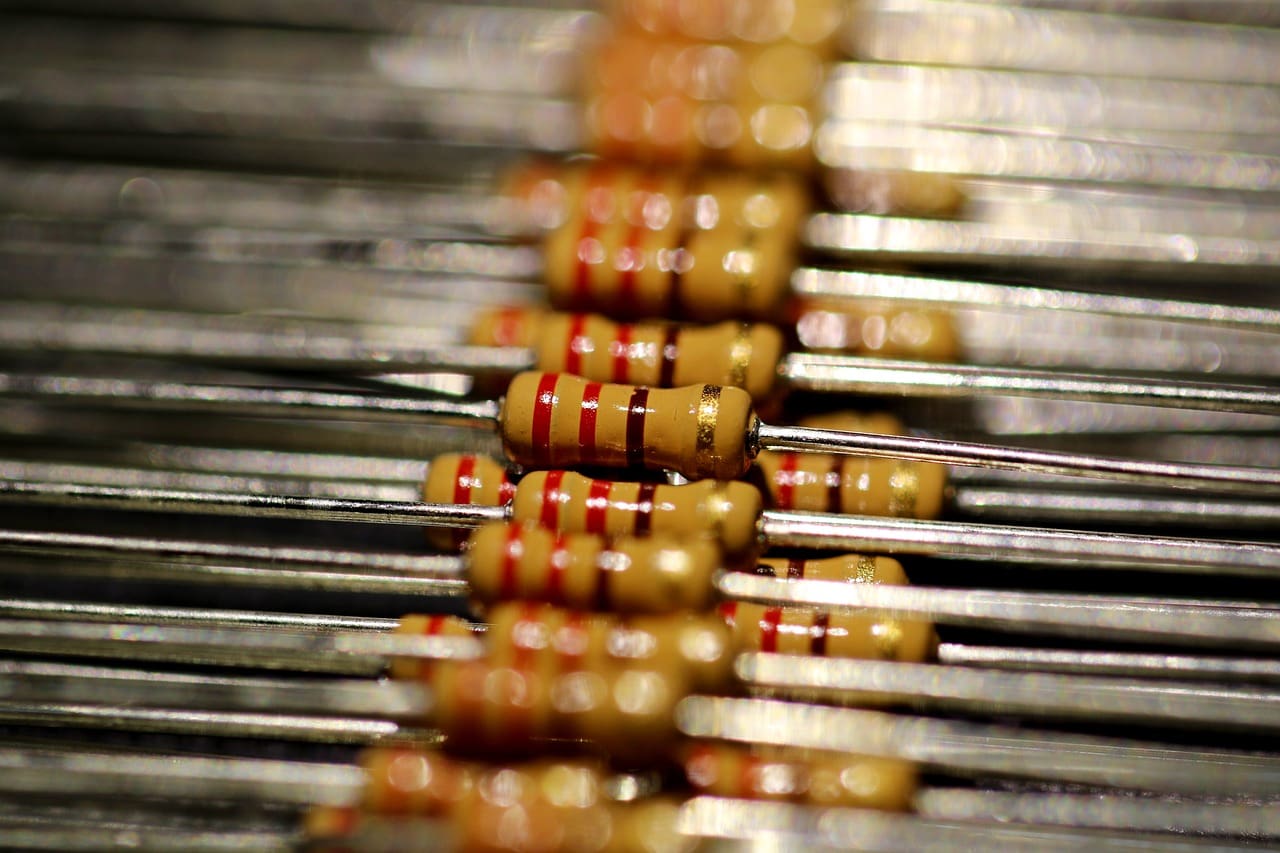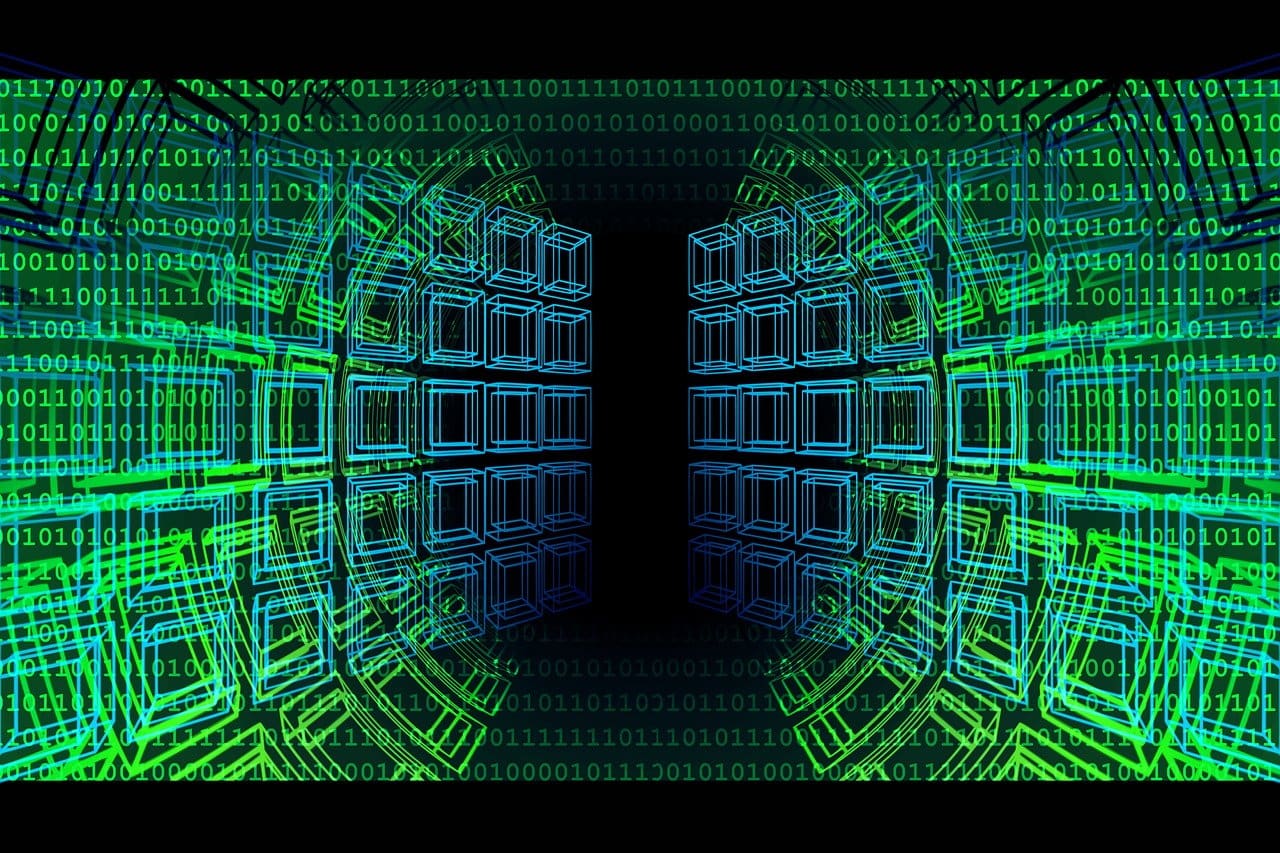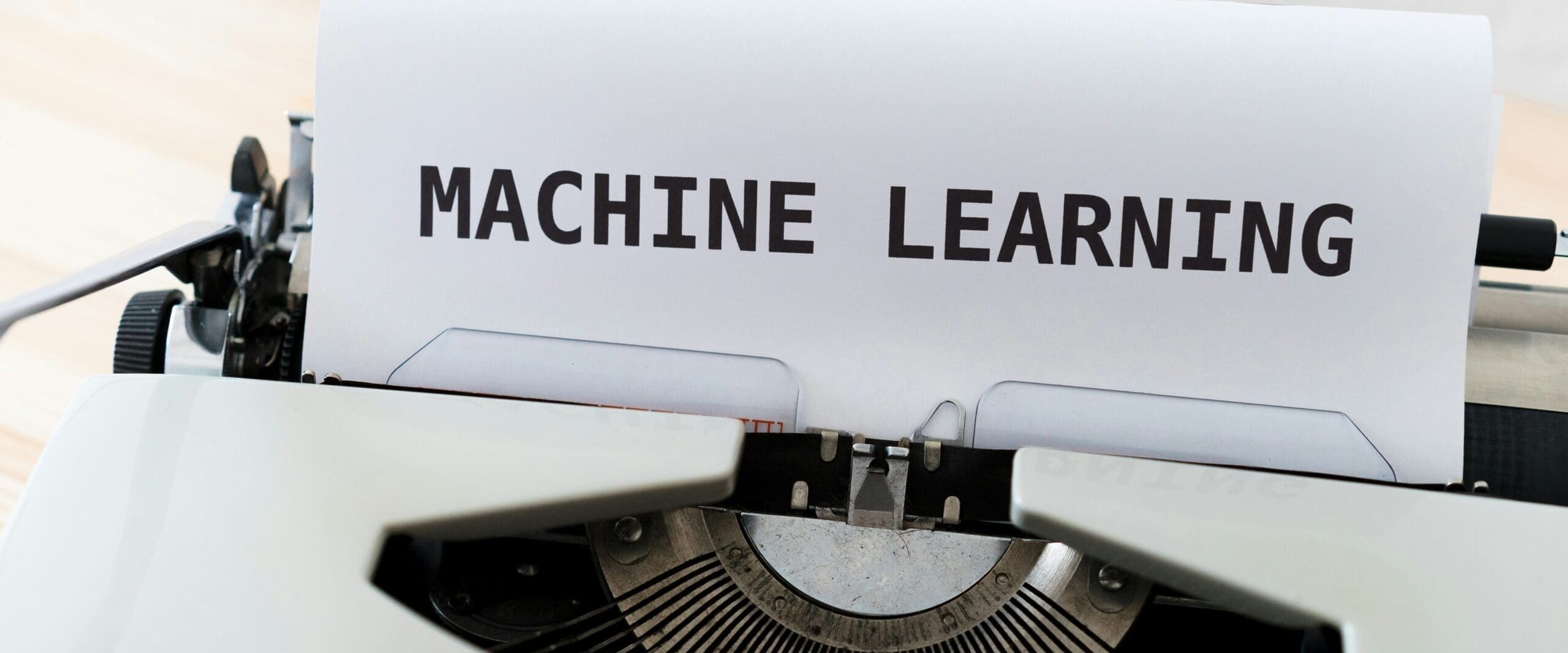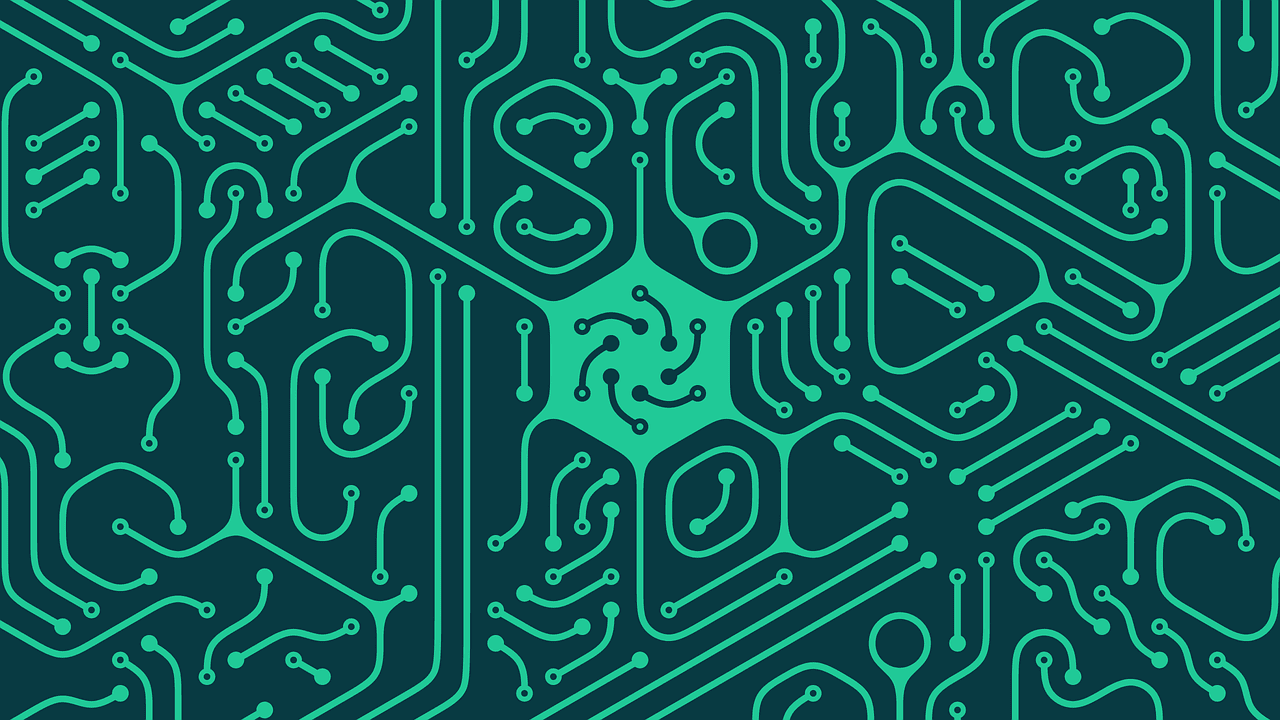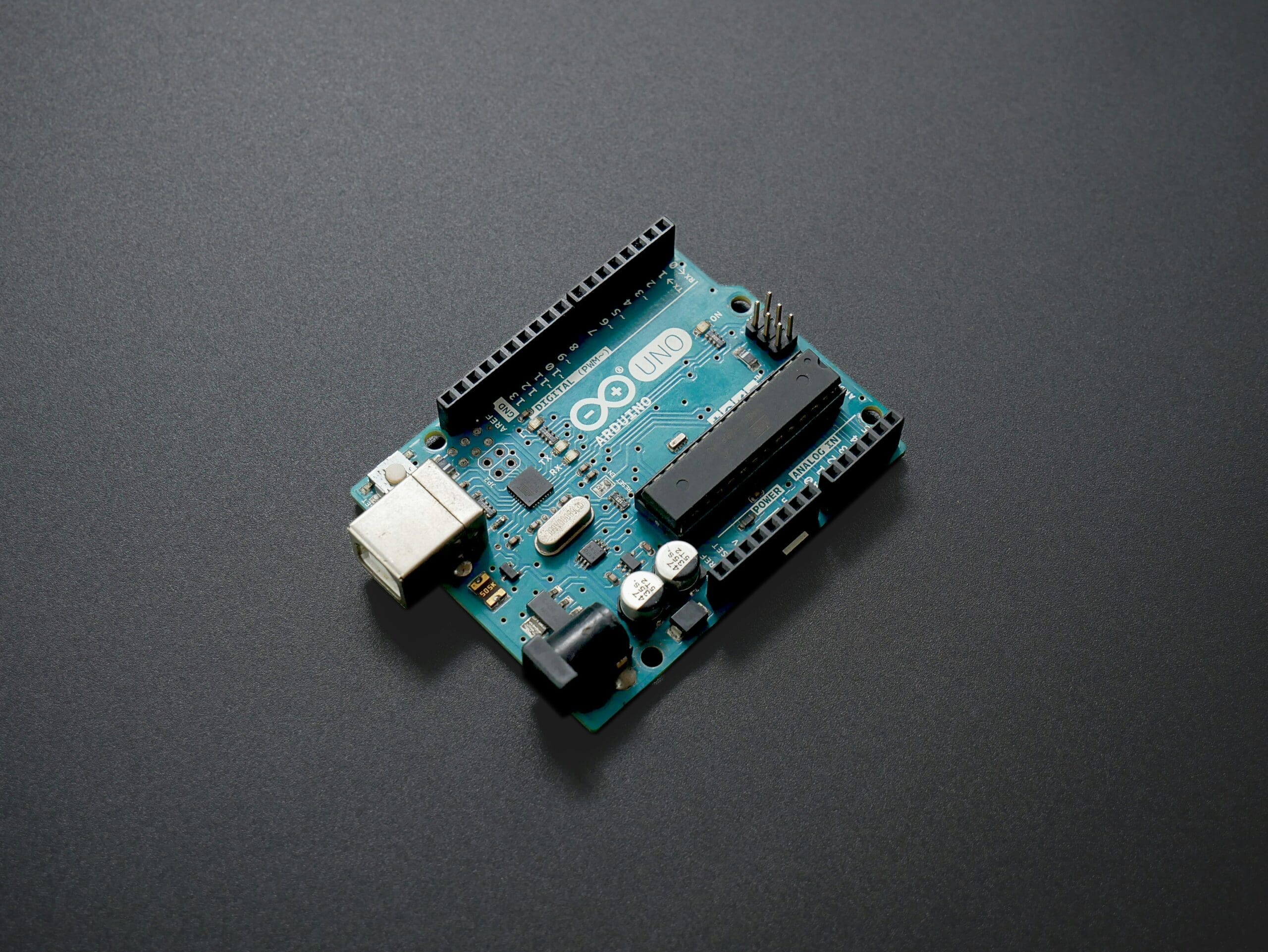Biotechnology encompasses the use of biological processes, organisms, or systems to manufacture products intended to improve the quality of human life. The integration of 3D printing into biotechnology is revolutionizing the field by offering new methods for fabricating complex biological systems and streamlining the production processes of biologically derived products. This transformative technology enables precise control over the manufacturing environment, facilitating the creation of tissue structures, synthetic organs, and custom bioreactors, thereby enhancing both research capabilities and therapeutic applications.
The Emergence of 3D Printing in Biotechnology
Initially utilized for prototyping in engineering and industrial design, 3D printing has expanded significantly into the biotechnological arena. Advances in bioprinting technologies have made it possible to print cells, tissues, and biomaterials with intricate precision. These capabilities are not only advancing medical applications but are also creating opportunities in agricultural biotechnology, environmental restoration, and the production of biocompatible materials.
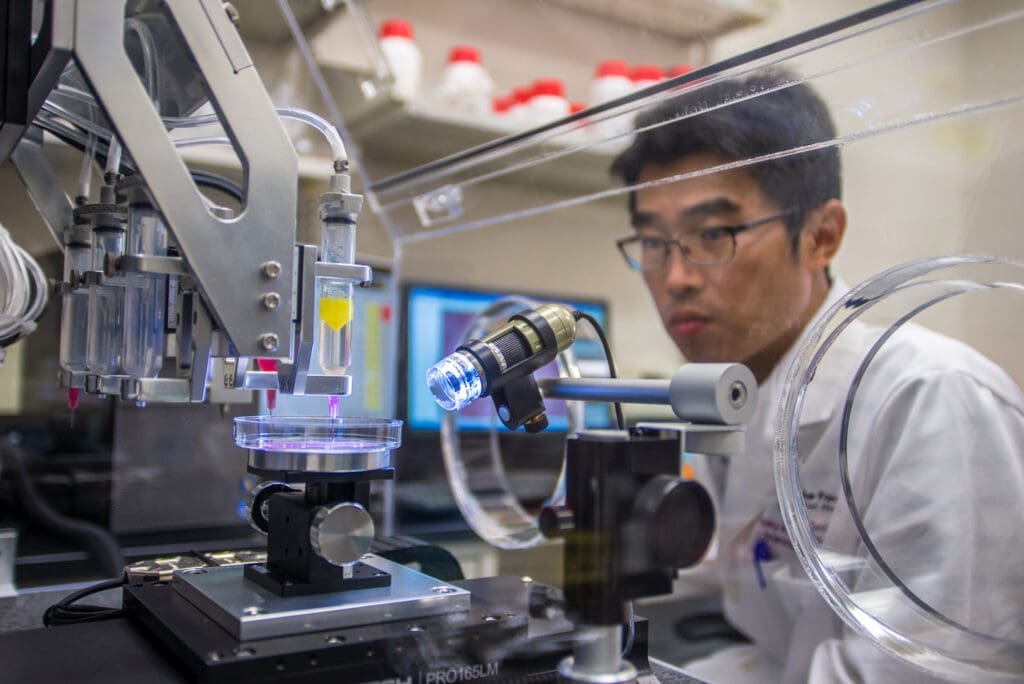
Advantages of 3D Printing in Biotechnology
Customization and Precision: 3D printing allows for the development of structures tailored to specific biotechnological applications, from individualized drug delivery systems to patient-specific tissue implants. This customization is crucial for applications that require a high degree of specificity and compatibility with biological systems.
Complex Structure Fabrication: Additive manufacturing enables the creation of complex, layered structures that are necessary for mimicking the natural environment of biological tissues. This is particularly important in tissue engineering and regenerative medicine.
Speed and Efficiency: 3D printing offers significant reductions in the time and cost associated with traditional methods of biotechnological production, particularly in prototyping and testing new biological designs.
Sustainability: By minimizing waste and allowing for the precise deposition of biological and chemical materials, 3D printing contributes to more sustainable production practices within biotechnology.
Key Applications of 3D Printing in Biotechnology
Tissue Engineering and Regenerative Medicine: Bioprinting tissues and organs for medical research and therapeutic applications is one of the most prominent areas of 3D printing in biotechnology. Structures such as skin, bone, and complex organs can be printed using bioinks composed of cells and supportive biomaterials.
Pharmaceuticals: 3D printing is used to develop drug delivery systems that can precisely control the release rates of drugs, enhance the solubility of poorly water-soluble drugs, or produce personalized medicine tailored to the needs of individual patients.
Synthetic Biology: In synthetic biology, 3D printing helps create environments that support the growth and interaction of biological entities in ways that mimic natural biological systems, facilitating the development of synthetic organisms.
Agricultural Biotechnology: 3D printing contributes to agricultural biotechnology by enabling the rapid prototyping of plant systems and microenvironments. This can accelerate research in plant growth and genetics and lead to the development of new agricultural products and practices.

Challenges in 3D Printing for Biotechnology
Biocompatibility: One of the major challenges in bioprinting is ensuring that the materials and processes used are completely biocompatible and do not induce adverse responses in living organisms.
Resolution and Scalability: While 3D printing offers remarkable control over shape and composition, achieving the necessary resolution for cellular-level control still poses significant challenges. Additionally, scaling these technologies from laboratory to industrial scales involves considerable technical and regulatory challenges.
Regulatory Hurdles: The use of 3D printing in biotechnology, particularly in areas related to human health, is heavily regulated. Navigating these regulatory landscapes can be complex and time-consuming.
Technical Expertise: The intersection of biotechnology and 3D printing requires a deep understanding of both biological processes and mechanical engineering, making it essential for practitioners to have interdisciplinary knowledge and skills.
Future Directions in 3D Printing for Biotechnology
The future of 3D printing in biotechnology holds immense promise, with ongoing research focused on improving the resolution, speed, and functionality of bioprinting technologies. Future developments are likely to expand the use of 3D printing in novel biotechnological applications, such as the creation of bioreactors for cultured meat production, biodegradable packaging materials, and advanced biofuels.
3D printing is poised to continue its transformative impact on the field of biotechnology, offering new ways to address complex biological challenges and improve the efficiency and effectiveness of biotechnological innovations. As the technology advances, it promises to further enhance our ability to design, manipulate, and produce biological systems, potentially revolutionizing how biotechnological products are developed and used.


